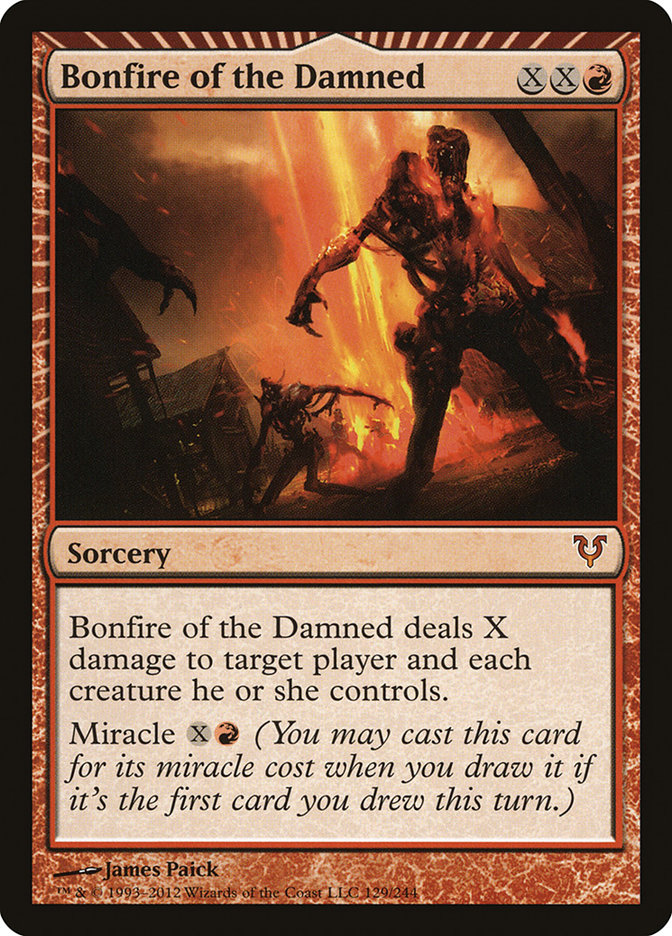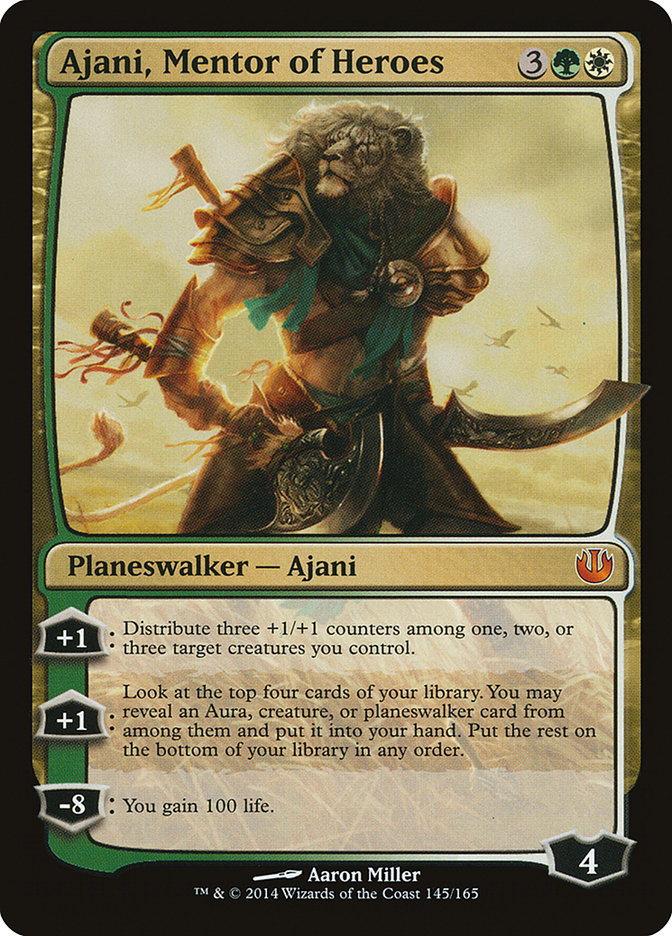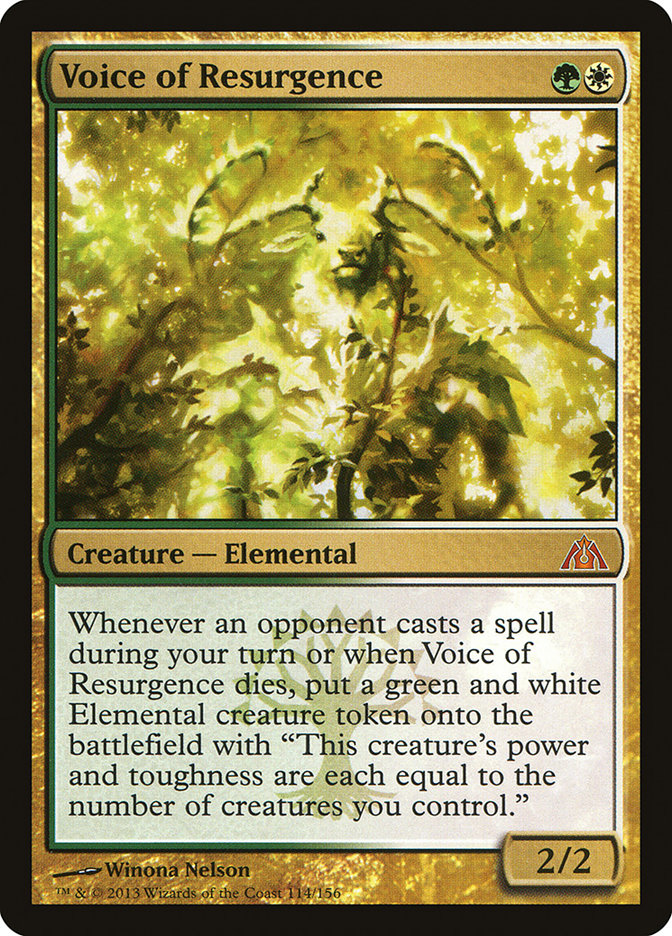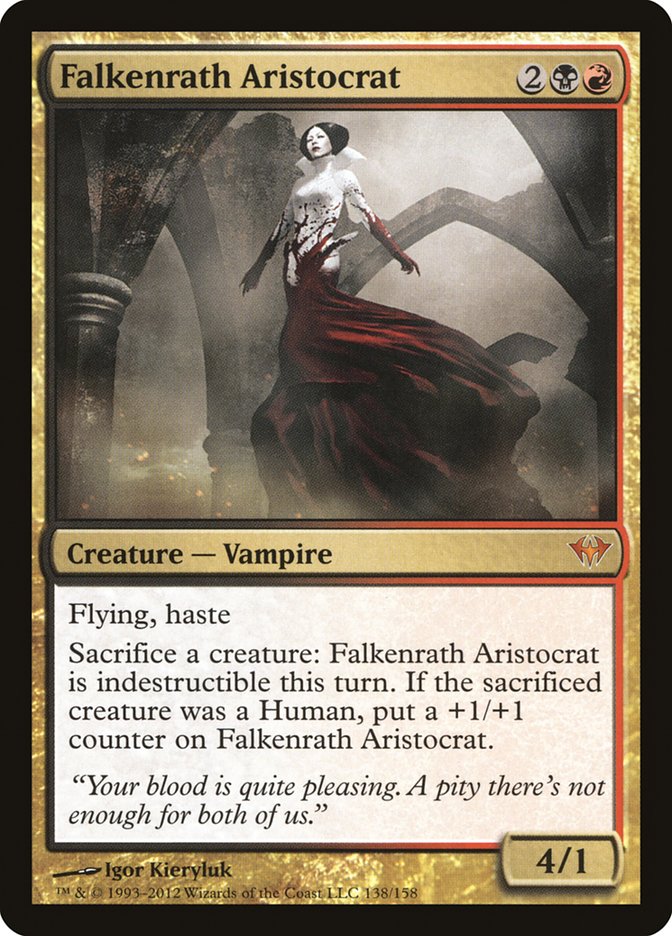This weekend marks Grand Prix Boston/Worcester, which will be the first major event featuring the Modern format in quite a while. We’ve quietly been
working our way through the Modern PTQ season, but the results of those events have been largely overshadowed by the week-in-and-week-out coverage of the
StarCityGames.com Open Series and the release of M15.
I’ve actually been playing quite a bit of Modern these days myself. The time right around the release of a new set always seems to get me back into the
format, somewhat ironically because new sets don’t tend to impact Modern as much as Standard. That means it’s the one relevant format I can still play on
Magic Online before the new cards are available.
I won’t be competing in the Grand Prix myself since I’m currently in Las Vegas playtesting for the Pro Tour in Portland next weekend. Flying across the
country and back just doesn’t seem like the best use of what is an already short window to prepare for the Pro Tour, so I’ll be staying here in the pacific
time zone drafting M15 and playing Standard.
In the future, I’d really like to see WotC implement my suggestion of hosting limited format Grand Prix in the same city as a Pro Tour the weekend before.
No pro wants to play an entirely different constructed format from the Pro Tour across the country the weekend before, but sealed deck and draft are
valuable practice. It would also be a great chance for local players to meet and get to know pros before their local Pro Tour, which gives them that much
more reason to come cheer them on.
Anyway, for those of you who are going to be at the Grand Prix, or who might be competing in another Modern event like a PTQ or Premier IQ, I have not one,
not two, but *three* decklists for you to try out. Let’s get to it!
Let’s start with what I’m sure most of you are expecting to see from me:
Creatures (27)
- 1 Birds of Paradise
- 4 Tarmogoyf
- 4 Wild Nacatl
- 4 Noble Hierarch
- 4 Knight of the Reliquary
- 4 Qasali Pridemage
- 4 Scavenging Ooze
- 2 Loxodon Smiter
Planeswalkers (3)
Lands (22)
Spells (8)

This is my latest version of Naya which is very similar to the deck I played to a 12-3 finish at Grand Prix Minneapolis a few months back and which I have
featured on a few videos and live streams. If I were to play in a Modern event tomorrow without a moment of additional testing, this is what I would
register.
More than anything, this is a deck that’s about efficiency and flexibility. It’s hard to do better than Wild Nacatl, Tarmogoyf, Lightning Bolt, and Path to
Exile when it comes to their power level for their mana cost. While Wild Nacatl decks have not put up particularly impressive results since it was
unbanned, the card is still very powerful, and can enable very explosive openings. You haven’t lived until you’ve had three Nacatls in play on turn 2.
The problem is that most of the decks that people build around Wild Nacatl are typically very one dimensional, full of creatures like Kird Ape, Loam Lion,
and Goblin Guide alongside the big cat. There’s certainly something to be said for focused aggression, but the current Modern format is one in which
Kitchen Finks and Wall of Roots are major features of one of the most popular decks. You can’t just expect to play a bunch of small creatures in that
world.
The supporting cast for Wild Nacatl here doesn’t goldfish nearly as fast but offers a lot more flexibility and power. Scavenging Ooze helps fight against
both persist and Flashback shenanigans, and offers a huge threat in any game that goes long. The exalted from Noble Hierarch and Qasali Pridemage let your
Nacatls attack into larger creatures without fear, and Knight of the Reliquary threatens to dominate any game that goes long thanks to the single Kessig
Wolf Run.
I built this particular deck to succeed in a metagame of Birthing Pod, Affinity, and Splinter Twin decks. I think it’s very strong against the first two of
those and decent against the third. You’re fairly soft to non-creature based combo decks like Scapeshift or Storm, as well as to big spell decks like Tron,
but cards like Choke and Blood Moon give you a lot of game even in matchups where you might expect to struggle. The two enchantments along with the
planeswalkers also give you enough non-creature threats that you can make life miserable for removal-heavy control decks like UWR, as well.
The cards that probably raise the most eyebrows in this list are Bonfire of the Damned and Ajani, Mentor of Heroes. Neither of these are cards that
typically show up in Modern, but I’m a huge fan of both of them–especially Ajani, as the next few lists will show. Bonfire is very powerful in any matchup
where your opponent is filling the board with small creatures which includes Affinity and Birthing Pod along with more fringe decks like B/W Tokens. It can
totally put games away, and I know I for one appreciate being on the right side of a miracle from time to time.
Ajani is an incredibly powerful tool in any attrition-based matchup. Against decks like Jund or UWR, the ability to turn small creatures into big threats
or to dig through your deck and effectively draw an extra creature every turn is absolutely huge. Honestly, you may want access to more than one of them if
decks like this are popular in your local metagame, because it can just completely take over games by itself. I think Chandra is a better maindeck card
because it’s cheaper and the ability to push through damage and kill small creatures is relevant in a wider range of matchups, but Ajani is much better at
providing persistent advantage.
If you’re like me–an honest gamer looking to play with honest creatures –this just might be the deck for you. But if you’re looking for something a
little more wild…well, keep reading…
Creatures (26)
- 4 Birds of Paradise
- 2 Rhox War Monk
- 4 Noble Hierarch
- 4 Qasali Pridemage
- 4 Falkenrath Aristocrat
- 4 Loxodon Smiter
- 4 Voice of Resurgence
Planeswalkers (5)
Lands (22)
Spells (7)
Sideboard

If you’ve been keeping up with my videos and streams lately, you’ve probably seen me playing some version of this deck over the past month and likely
having an absolute blast while doing it. I’ve gone through a ton of different iterations to try to find the best build, and while I’m sure this list isn’t
perfectly tuned, it’s the most recent version I’m trying out. It’s a lot harder to figure out the best cards to play when you have access to every color of
mana!
The biggest changes with this build from my other recent ones is that I’ve cut Tidehollow Sculler entirely and brought back Voice of Resurgence and shifted
from playing Lightning Angel to trying Falkenrath Aristocrat.
It’s funny how often I put Sculler in a deck thinking it will be good before I eventually just cut it. The card seems like it ought to be effective against
combo decks, but pretty much every combo deck around has ways to easily kill it, and the body just doesn’t apply enough pressure for it to really be
worthwhile. A deck like Splinter Twin or Scapeshift can just let you sit with their key card under Sculler for a few turns before killing it with something
like Lightning Bolt or Izzet Charm and then just go off anyway.
I replaced Lightning Angel with Falkenrath Aristocrat when I wanted to make the deck more resilient to removal, and the sacrifice outlet made Voice of
Resurgence feel like a natural fit. In one of my recent videos, I lost multiple games to Tron because my board kept getting wiped out by Oblivion Stone,
and both Voice and Aristocrat help against that tremendously. Aristocrat also hits slightly harder than Angel. Don’t forget that Noble Hierarch is a human,
so you get a +1/+1 counter if you sacrifice it to your Aristocrat.
The sideboard has undergone a few changes too. Sin Collector has taken the place of Tidehollow Sculler, a change that I’m generally a lot happier with
since whatever you take stays gone. Maybe it could be Castigate, or a mix of the two, but I really like the added body against decks like UWR and Jund. I’m
also playing a couple Kitchen Finks for aggressive decks now (since seven City of Brass-style cards means a lot of pain), and a singleton Fracturing Gust
as a bullet against Affinity and Bogles. Fulminator Mage and Countersquall remain from the original sideboard as combo hate, alongside Zealous Persecution,
the merits of which I’m still debating against Electrolyze.
This deck is an absolute blast to play, though it’s certainly a bit shakier than Naya. You have a lot of power at your disposal, and you have access to all
kinds of great tools to beat pretty much any deck, but your lands are painful, and you’re highly reliant on your mana-creatures surviving to function
properly. Playing eight mana-creatures also makes the deck prone to flooding out, which is the reasoning behind the five card-advantage generating
planeswalkers in the main.
There’s room for a ton of customization with this list though, and being able to generate every color of mana means you have every opportunity to take your
opponents by surprise. While the deck clearly functions best with multicolor spells so it can use Pillar of the Paruns, you can play just about anything
you want. Path to Exile? Sure! Lightning Bolt? Why not! Slaughter Pact? Well, paying it might be a little dicey, but it would certainly be a surprise for
your Splinter Twin opponents. Hell, throw Sliver Hivelord and Chromanticore in just for kicks if you want.
I don’t think this deck is quite ready for primetime, but I think it has potential, and it’s certainly a blast to play. If you’re looking for something fun
with a lot of room for your own personal touch, I highly recommend giving this deck a whirl.
And last, but not least:
Creatures (26)
- 4 Birds of Paradise
- 4 Wilt-Leaf Liege
- 4 Noble Hierarch
- 4 Qasali Pridemage
- 2 Linvala, Keeper of Silence
- 2 Scavenging Ooze
- 4 Loxodon Smiter
- 2 Brimaz, King of Oreskos
Planeswalkers (1)
Lands (23)
Spells (10)
Sideboard

You might be sensing a theme. Yes, every one of these decks has Noble Hierarch, Birds of Paradise, Loxodon Smiter, Qasali Pridemage, and even Ajani, Mentor
of Heroes. What can I say? I like what I like.
This deck is built on the same shell that I put together after Pro Tour Return to Ravnica last year when Jund was everywhere, and I was sick to death of
discard spells and Liliana of the Veil. Well, Jund and G/B decks have been rising in popularity again so I decided that now might be a good time to bring
back Wilt-Leaf Liege and friends.
This list is far from tuned. I built it on stream last week and have only
played around with it a little bit since, but so far the performance has generally been promising. Lingering Souls, as it turns out, is a powerful card,
especially alongside seven ways to pump your entire team with Wilt-Leaf Liege and Gavony Township. It’s especially good against the tiny flying offense of
Affinity and the attrition plan of Jund and decks like UWR.
One problem with this deck is that it’s pretty top-heavy in terms of mana costs. I can easily see shaving some of the non-Liege higher cost spells, like
Linvala and Ajani, and at least moving them to the sideboard. Voice of Resurgence is a possible option to bring the curve down a bit, and it might even
just be better than Scavenging Ooze given the better synergy with Liege. And hey–it’s another creature that really laughs in the face of Liliana, if she’s
a lady who’s got you down.
The four copies of Thoughtseize in the sideboard, along with the Mindcensors, Choke, and Torpor Orb, offer some relief against combo decks, but that’s
somewhere that this deck can certainly struggle. While Lingering Souls and Liege are great at overpowering other creature decks and grinding out
removal-based decks, they’re not quite where you want to be when your opponent is mostly ignoring whatever it is you’re doing. The six removal spells in
the maindeck that can be cast with one or zero mana to give you game against creature-based combo, but you don’t really have great tools against something
like Scapeshift or Storm.
I can’t in good conscience give this deck a real endorsement to play simply because I don’t have enough games under my belt with it to feel confident that
it’s the real deal, but so far I’ve had a great deal of success against a wide range of different opponents. If it’s the sort of deck you like to play, I
suggest giving it a try and seeing what you like and what you don’t. It may not be perfectly tuned, but there’s real potential there, and it’s definitely
worth exploring more.
That’s kind of how I always feel about Modern. There are so many different decks out there that I want to build and try, but eventually I have to pick one
and play come tournament time. Hopefully this article exposed you to some new ideas and helped you find something yourself.




